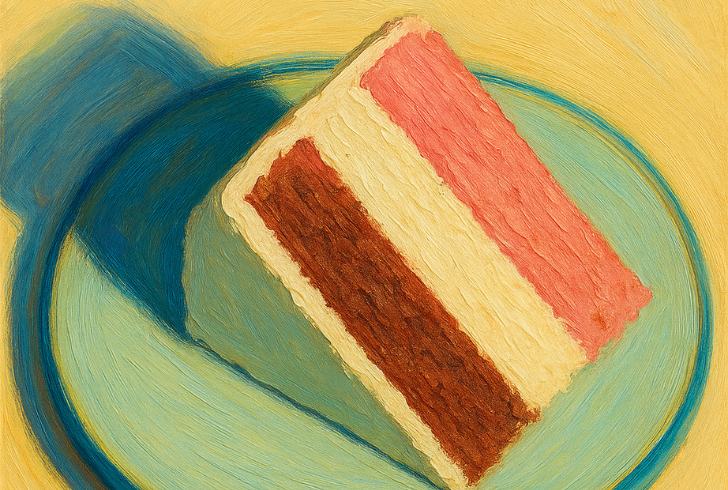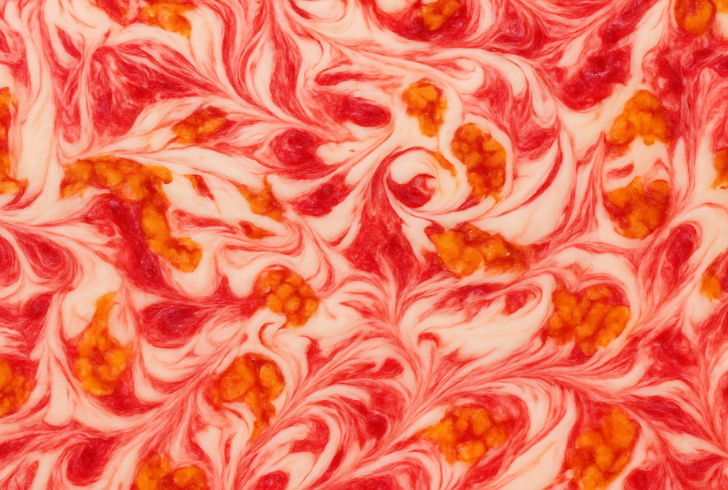Art doesn’t just live on gallery walls. Sometimes, it finds its way to the kitchen, translated into flavors, textures, and ingredients. A recent project asked cooks to do just that: take inspiration from iconic artworks and create recipes that visually and conceptually mirror the originals. The results? A mix of vibrant dishes, precise techniques, and thoughtful interpretation, all shaped by color, shape, and feel rather than just taste.
This creative direction challenged typical recipe development. Instead of starting with seasonal ingredients or trending food ideas, the team took cues from modern and contemporary art, focusing on how a painting could guide not just plating, but the entire makeup of a dish.
Here’s how this unique kitchen project took shape—and what came out of it.
Recipes Inspired by Fine Art
The core idea was to craft recipes that reflected visual artworks in both form and feeling. These weren’t abstract exercises—they had to work as real, makeable meals. While the photography and styling made these plates look like museum pieces, each recipe was tested with flavor, technique, and practicality in mind.
1. Easter Salad
One of the standout inspirations came from Judy Chicago’s 1973 piece. The bold, round red hues immediately sparked a thought—radishes. Their shape and color matched the artwork almost perfectly.
But instead of using them alone, the team created a layered salad with multiple textures and flavors. Torn boiled eggs, olives, and a sharp mustard vinaigrette complemented the crisp radishes, offering a balance between looks and taste.
2. Neapolitan Cake

ChatGPT | Thiebaud’s Cake Slice inspired a literal, single-batter recreation of a Neapolitan cake.
When thinking literally worked best, the team turned to Thiebaud’s iconic Cake Slice. His work often focused on desserts, and this one gave a clear path: a Neapolitan cake with chocolate, vanilla, and strawberry layers.
It came together from a single batter split into three and adjusted with freeze-dried strawberries and cocoa. This was a direct approach, but one that nailed both the visual and conceptual goal.
3. Scallops with Spinach Sauce
The subtle, organized circles in Agnes Martin’s piece brought two ideas: chickpeas or scallops. Since chickpeas were used in another dish, the team went with seafood. The background in the painting reminded the cook of pea soup, which turned into a creamy spinach sauce—vibrant and smooth. On top, simply seared scallops offered contrast and visual structure, echoing the soft geometry of the art.
4. Falafel Smash Burgers
This one required a bit more imagination. The shapes hinted at sandwiches, but the green tones and organic flow pointed toward falafel. Inspired by a former recipe featuring a black bean smash burger, the dish became a chickpea-based falafel patty, pan-seared for texture. The rest of the painting’s palette showed up in toppings—fresh cucumbers, greens, and a spicy harissa mayo.
5. Violet Vodka Slushy
Drinks aren’t usually the go-to when turning art into food, but Kent’s piece called for something different. The deep purple tones led to frozen blueberries, but that mix leaned too red.
Instead, the team used creme de violette—a floral liqueur—to capture the right shade. Vodka and white wine kept the color clear, allowing the purple to shine in this icy cocktail.
6. Strawberry-Rhubarb Cheesecake Bars

ChatGPT | Krasner’s Combat sparked the creation of lively strawberry-rhubarb cheesecake bars with marmalade.
Planning spring recipes in winter takes some vision. Lee Krasner’s powerful strokes in Combat reminded the team of ripe, colorful produce. Strawberry and rhubarb became the stars, set into cheesecake bars that mimicked the painting’s dynamic lines. Bright orange marmalade added visual flair and zing to match the painting’s intense energy.
Visual Cooking Challenges in a Test Kitchen
This project flipped the usual recipe development process. Instead of starting with taste or season, it began with shape, line, and palette. Each dish had to reflect its painting, but also hold up in a real kitchen, no matter how bold the visual idea.
Key considerations included:
1. Seasonality – Making sure ingredients matched the time of publication.
2. Flavor balance – Art-inspired doesn’t mean flavorless.
3. Visual precision – Each dish needed to mirror the art without forcing awkward plating.
The stylists and photographers played a major role, bringing these visual concepts to life. But it all started with the cooks in the kitchen, breaking down abstract visuals into edible interpretations.